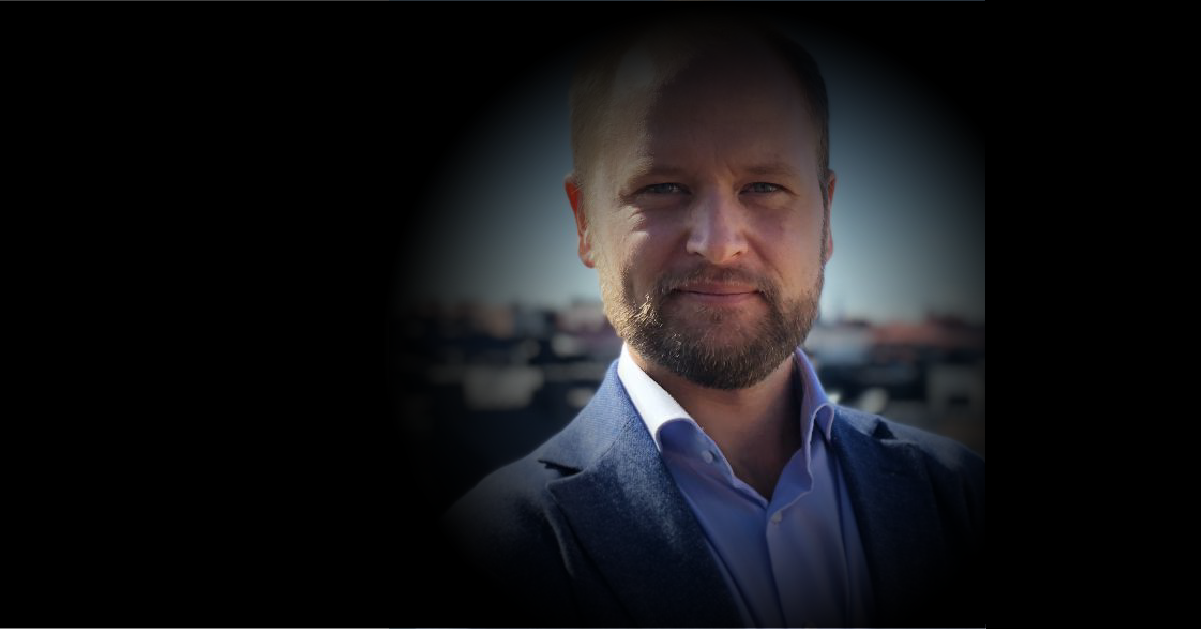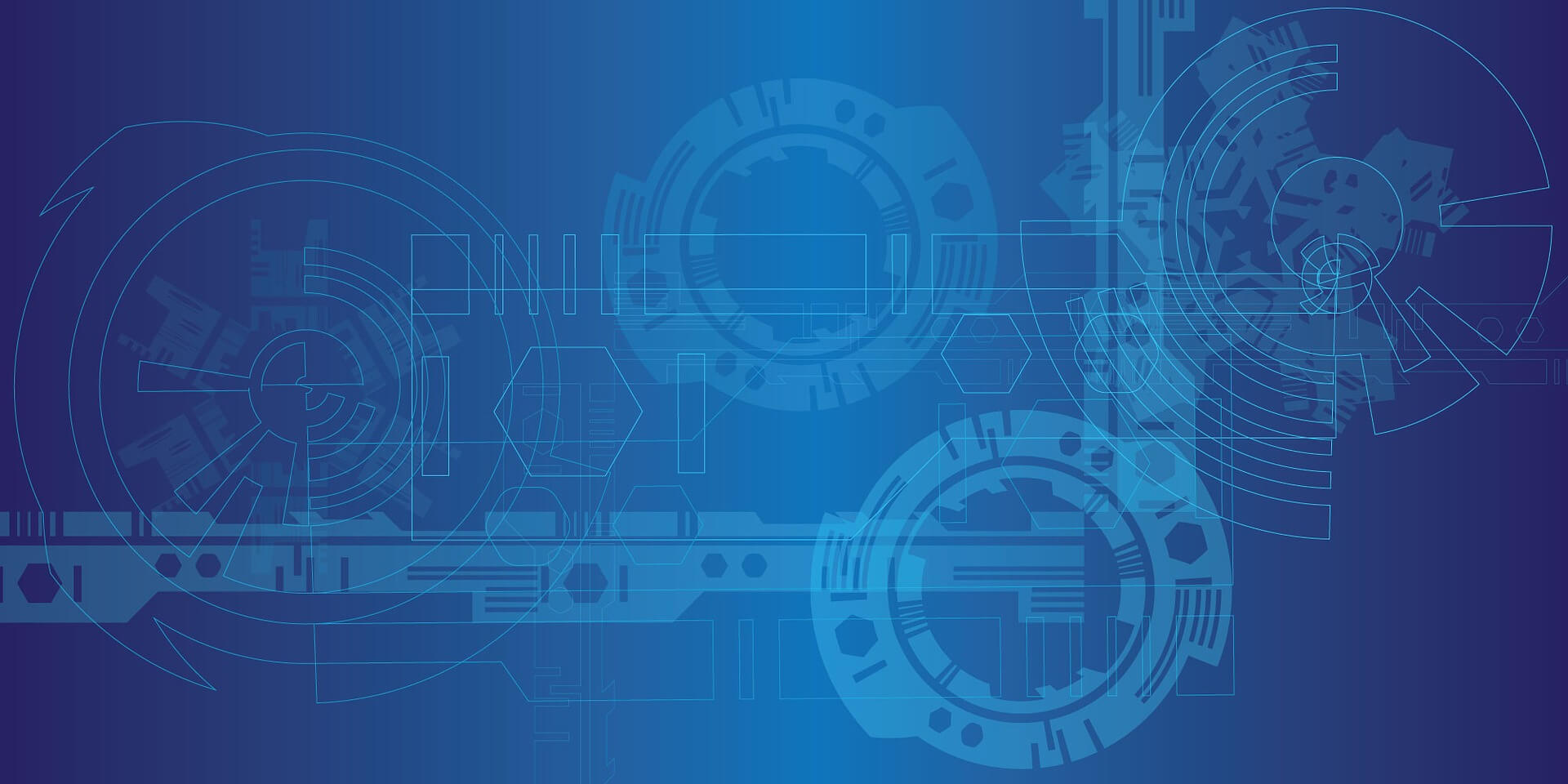Die Managementweisheit des letzten Jahrhunderts geht auf keinen Geringeren zurück als Jim March, den unlängst verstorbenen Vater der modernen Organisationslehre. Bereits in den 1950ern proklamierte er, dass langfristig erfolgreiche Unternehmen sich sowohl der Suche nach Neuem – vornehmlich durch Ausprobieren – als auch der Prozessoptimierung und Effizienzsteigerung des bestehenden Geschäftsmodells widmen müssen.
Dass zwischen beiden Ansätzen ein Spannungsfeld besteht, ist offensichtlich. Für das erste braucht es eine Kultur mit Kommunikation quer durch die Organisation, in der Mitarbeiter frei von Druck, Ängsten und kurzfristigen Gewinnzielen experimentieren können. Effizienz hingegen fordert maximale Spezialisierung und Reduktion unnötiger Kommunikation.
Lösungsvorschläge an Topmanager für das eine wie das andere gibt es zuhauf. „Agiles Management“ und „Empowerment“ in dezentralisierten Organisationen auf der einen Seite; klassische Hierarchien – also gestaffelte Systeme von Autoritäten – auf der anderen. Und passend dazu die Beispiele von Morning Star, Spotify und The Valve für die erste, Siemens oder GM für die zweite Herangehensweise.
Allerdings lassen sich beide Ansätze vereinen. Nestlé mit Nespresso, der „Guardian“ online oder die i3-Entwicklung bei BMW stehen hier Pate für aus der alten Organisation herausgelöste unternehmerische Subeinheiten, deren formale Struktur die der Restfirma in vielerlei Hinsicht spiegelt, die aber unabhängig an den CEO berichten und eigene Freiheitsgrade nutzen können.

Allein bei dem Transfer der Best Practices hapert es gewaltig. Große Konzerne mit gelebten Hierarchien tun sich schwer mit Freiheit für „Intrapreneurship“ und „Start-up Ecosysteme“ – so schön das auch alles klingt. Und Start-ups schaffen oft nicht den Absprung von der Teamkultur zur skalierbaren Organisation für Expansion.
Selbst wenn morgen alle bei Siemens Sneaker tragen würden und es nur noch Scrum Master statt Chefs gäbe, würde daraus nicht die Transformation des Dinosauriers, geschweige denn die Avantgarde-Unternehmung. Und der Gründer im Anzug versteht noch lange nicht, wie Konzernbürokratien ticken.
Konzernchefs wie Gründer müssen und sollen aber auch nicht nur stumpf wählen zwischen Hierarchie oder Polyarchie. Sie müssen genau überlegen, in welchen der drei Kerndomänen des Managens – Dirigieren, Disputresolution und Design – sie ihre Autorität selbst ausüben und in welchen sie in die Organisation delegieren wollen.
Dirigieren beinhaltet die Festlegung, wer was tun soll; Disputresolution die Frage, wie Konflikte zu lösen sind; und Design die Frage danach, wie Arbeitsteilung in der Organisation aussieht. Werden alle Rechte zentral wahrgenommen, wird Effizienz maximiert und Innovation minimiert. Werden alle Rechte dezentralisiert, ist es umgekehrt. Alle Mischformen sind hier denkbar und können maßgeschneidert entschieden werden.
So wird sich mancher Konzern schwertun, es von heute auf morgen seinen Mitarbeitern zu überlassen, wie Aufgabenstrukturen aussehen sollen. Selbstentscheidung für bestimmte Auf‧gaben hingegen mag das Management zulassen. Genauso wie die Konfliktlösung im Team.
Initiiert und begleitet werden muss dieser Prozess von der Führungsspitze. Je nach Delegationsgrad, den diese wählt, um die Annäherung von Effizienz und Innovation zu managen, ergeben sich für das Topmanagment-Team diametral unterschiedliche Anforderungen. Abflachen von Strukturen erfordert Befähigung sowie Empowerment zur Selbstorganisation. Beim Einführen von Hierarchien in Gründerkulturen muss Mitarbeitern die Angst vor negativer Bewertung und Kontrollverlust genommen werden.

Selten trifft man auf CEOs wie damals Jürgen Weber in der Sanierungs- und Privatisierungsphase der Lufthansa oder Anant Badatiya von der Stallion Group, die als Führungspersönlichkeiten jeden denkbaren Bilderbuchspagat instinktiv meistern; die in jeder Managementdomäne streng führen und genauso auch delegieren können.
Ein Grund dafür liegt darin, dass die Natur uns mit sogenannten Persönlichkeitseigenschaften ausstattet, an denen wir nichts Grundlegendes ändern können. Überoptimismus etwa scheint großteils angeboren, und lässt einen so veranlagten CEO einfacher risikoreiche Innovationsprojekte angehen als andere, mit gutem wie mit schlechtem Ausgang.
Aber auch das gelernte Verhalten spielt eine Rolle, und so ist es wesentlich, dass CEOs in unterschiedlichen Organisationen Erfahrungen gesammelt haben – kleinen und großen, agilen und starren, effizienten und disruptionsgeforderten, bevor sie Spagate im Transformationsprozess erstmalig voll verantworten.
Nach Managern mit solcher Erfahrungsvielfalt und passendem Persönlichkeitsmuster müssen Aufsichtsräte suchen. Nach Kandidaten, die denjenigen Spagat sicher schaffen, den das jeweilige Unternehmen braucht.
Geschrieben von Markus Reitzig, Thomas Sattelberger.






 As companies temporarily close their offices or establish shift groups, some leaders are finding it harder to
As companies temporarily close their offices or establish shift groups, some leaders are finding it harder to  From feelings of anxiety to increased workload and higher pressure, the pandemic has brought many mental health impacts on workers and employees across the industries.
From feelings of anxiety to increased workload and higher pressure, the pandemic has brought many mental health impacts on workers and employees across the industries.
 As these are business priorities for organizations anyway, Iyer believes that leaders can adopt these new methods and ride the wave while still keeping past priorities in check.
As these are business priorities for organizations anyway, Iyer believes that leaders can adopt these new methods and ride the wave while still keeping past priorities in check.
 Effective talent deployment
Effective talent deployment
 Change is ever consistent, and leaders who are unwilling to embrace the technology-driven future of business risk falling behind their competitors, especially in the current time of
Change is ever consistent, and leaders who are unwilling to embrace the technology-driven future of business risk falling behind their competitors, especially in the current time of 






